Home>Ideas and Tips>How To Design A Cottage Garden With Climbing Roses
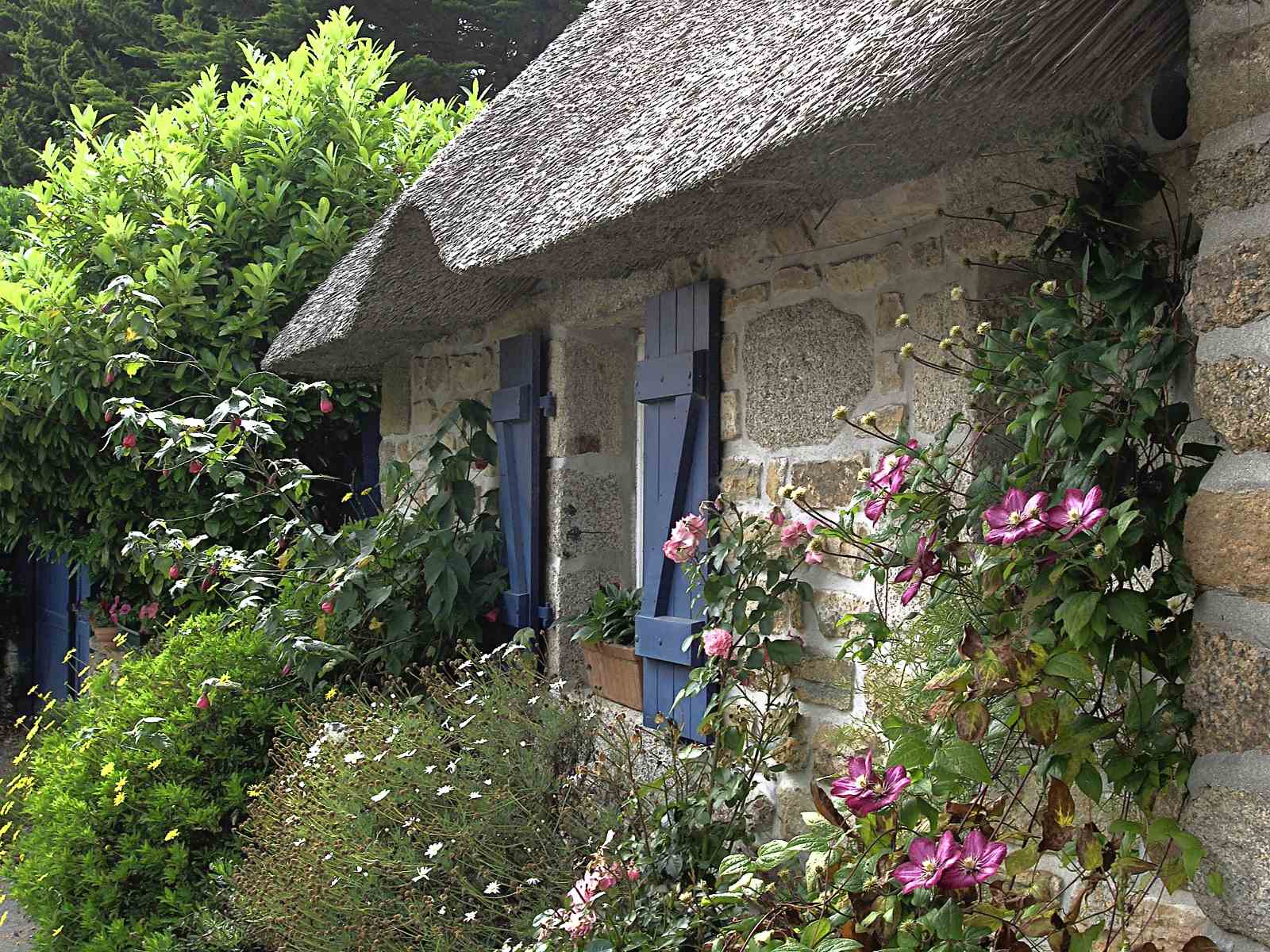

Ideas and Tips
How To Design A Cottage Garden With Climbing Roses
Modified: November 1, 2024
Learn how to design a charming cottage garden with climbing roses. Discover the best seeds, annuals, and shrubs to create a stunning quarter-acre garden.
(Many of the links in this article redirect to a specific reviewed product. Your purchase of these products through affiliate links helps to generate commission for Storables.com, at no extra cost. Learn more)
Creating a cottage garden is a delightful endeavor, especially when you incorporate climbing roses into your design. These beautiful, fragrant flowers add a touch of romance and elegance to any garden, making it a perfect escape from the hustle and bustle of daily life. In this article, we will guide you through the steps to design a charming cottage garden with climbing roses, focusing on the seeds to plant in March, the best annuals to choose, the ideal shrubs for structure, and how to garden design on a quarter-acre size garden space.
Seeds to Plant in March
March is an ideal time to start sowing seeds for your cottage garden. Here are some popular flowers and herbs that you should consider:
-
Sweet Peas: These fragrant climbers add a touch of romance to any garden. They come in a variety of colors including pink, purple, and white, and their delicate, pastel hues create a whimsical touch to your garden.
-
Delphiniums: Their tall spikes of blue, pink, or white flowers create a stunning display. These tall spikes can serve as a backdrop for your climbing roses, adding height and visual interest to your garden.
-
Nasturtiums: These vibrant annuals come in a range of colors and are perfect for adding a pop of color. They also repel aphids and whiteflies, making them a great addition to your garden.
-
Cosmos: With their delicate, daisy-like flowers, cosmos adds a whimsical touch to your garden. They come in various colors including pink, white, and red.
-
Calendula: Also known as marigolds, these bright orange or yellow flowers bloom throughout the summer. They are also known to deter earwigs from climbing into dahlia petals, making them a useful companion plant.
Best Annuals for a Cottage Garden
Annuals are an essential part of a cottage garden, adding bursts of color and variety. Here are some annuals you should consider including in your garden:
-
Poppies: Their vibrant red, pink, or white flowers create a stunning focal point. They are easy to grow and require minimal maintenance.
-
Zinnias: These colorful flowers come in a variety of sizes and are loved by butterflies. They are easy to grow from seed and come in a range of colors including pink, orange, and white.
-
Sunflowers: These tall and cheerful flowers are a classic choice for a cottage garden. They provide a striking contrast to the climbing roses and add height to your garden.
-
Nigella: Also known as love-in-a-mist, these delicate flowers have a unique charm. They come in shades of blue and white and add a whimsical touch to your garden.
-
Larkspur: These tall spires of blue, pink, or white flowers add vertical interest to your garden. They are easy to grow from seed and require minimal maintenance.
Selecting Shrubs for Structure
Incorporating shrubs into your cottage garden adds structure and form. Roses are a classic choice for a cottage garden in Ireland due to their hardiness and beautiful blooms. Here are some varieties you should consider:
-
David Austin English Roses: These roses combine the charm of old-fashioned roses with the repeat-blooming nature of modern hybrids. They come in a variety of colors including pink, red, and yellow.
-
Hybrid Tea Roses: Known for their iconic shape and large blooms, hybrid tea roses come in a wide range of colors. They are easy to care for and provide a stunning display of color in your garden.
-
Climbing Roses: These vigorous climbers are perfect for adding height and vertical interest to your garden. They can be trained to grow up trellises, arbors, or even walls, making them a versatile addition to your garden design.
Designing A Garden on a Quarter-Acre Size Plot
When designing your cottage garden on a quarter-acre size plot, it's important to create a layout that maximizes space and creates a harmonious flow. Here are some tips:
Divide the Garden into Distinct Areas
Consider creating sections for flowers, herbs, vegetables, and seating areas. This will help you organize your garden and ensure that each area has its own unique charm.
Read more: How To Design A Cottage-Style Garden
Use Paths and Walkways
Incorporate winding paths or stepping stones to create a sense of discovery and guide visitors through the garden. This will also help you maintain your garden by providing easy access to different areas.
Create Focal Points
Place eye-catching elements such as trellises, arbors, or decorative containers strategically throughout the garden. Climbing roses can serve as focal points by being trained to grow up these structures.
Mix Heights and Textures
Combine plants of different heights and textures to create visual interest and depth. For example, you can plant tall delphiniums behind shorter annuals like zinnias or nasturtiums.
Include Native Plants and Shrubs
Include native plants and shrubs to encourage the bees and other insect populations to thrive. This will not only add biodiversity to your garden but also make it more sustainable.
Read more: How To Design A Cottage-Style Flower Garden
Preparations for Soil
Before planting your cottage garden, it's important to prepare the soil. Here are some steps you should follow:
-
Test the pH Level: Roses prefer slightly acidic soil with a pH between 6.0 and 7.0. Test your soil to determine its pH level and adjust it if necessary.
-
Add Compost: Roses love rich, well-draining soil. Add compost or other organic matter to improve the soil's fertility and structure.
-
Remove Debris: Clear the area of any debris or weeds that could compete with your plants for water and nutrients.
-
Create Beds: Divide your garden into smaller beds to make it easier to maintain. Make sure the beds are small enough to allow for pruning and other maintenance chores.
Planting Climbing Roses
Planting climbing roses is a straightforward process, but it requires some planning and preparation:
-
Choose the Right Variety: Select a variety of climbing rose that is suitable for your climate and the amount of sunlight your garden receives.
-
Prepare the Site: Make sure the site gets at least 6-8 hours of sun a day and has good air circulation to help prevent disease.
-
Dig the Hole: Dig a hole that is twice as wide and just as deep as the root ball of the rose bush.
-
Plant the Rose: Gently remove the rose bush from its container and place it in the hole. Fill in the hole with soil, making sure not to compact it too much.
-
Water Thoroughly: Water the rose bush thoroughly after planting to settle the soil.
-
Train the Rose: Train the rose to grow up a trellis or arbor by tying it gently with twine or wire. You can also use eye hooks and wire to keep the rose close to the greenhouse or wall.
Training Climbing Roses
Training climbing roses requires some patience and creativity. Here are some tips:
-
Prune in Early Spring: Prune away dead runs, shoots that are crossing each other, and identify the main stem to ensure it has enough energy to continue growth.
-
Use Eye Hooks and Wire: Install eye hooks to the greenhouse or wall with taught wire attached to them over the main base of the plant to keep it close to the structure.
-
Use Non-Metallic Cable Staples: Use non-metallic cable staples with plastic sleeves and pin nails to guide the plant around doors and windows. These staples are inexpensive and easy to use, causing minimal damage to the plant as it grows.
-
Add New Eye Hooks and Wire: As the plant grows, add new eye hooks and wire to keep it trained in the desired direction.
Creating a Grand Entrance
Create a grand entrance to your home with a rose-covered arbor. This will not only add beauty to your garden but also create a welcoming atmosphere for visitors.
-
Choose the Right Arbor: Select an arbor that is sturdy enough to support the weight of the climbing roses.
-
Plant the Roses: Plant the climbing roses around the arbor, making sure they have enough space to grow and spread out.
-
Train the Roses: Train the roses to grow up the arbor by tying them gently with twine or wire.
-
Add Decorative Accents: Add decorative accents such as lanterns or birdhouses to enhance the beauty of your entrance.
Read more: How To Design A Cottage-Style Cutting Garden
Using Climbing Roses in Different Types of Spaces
Climbing roses can be used in various types of spaces, including small gardens, patios, and even containers.
-
Plant in Containers: Many roses can be successfully grown in containers, making them a great solution for small spaces like apartment balconies or patios.
-
Train Along Fences: Train climbers along a fence to define garden rooms or to soften an unsightly chain link fence.
-
Cover Slopes: Mass groundcover varieties like Flower Carpet® or Drift® roses along a slope for low-maintenance erosion control.
-
Create a Hedge: Plant a row of taller shrub roses to create privacy from the street. A row of shorter groundcover roses can be planted along a foundation, in a curbside strip, or used to define garden areas.
Conclusion
Designing a cottage garden with climbing roses is a rewarding experience that requires careful planning and attention to detail. By following these steps, you can create a beautiful and charming garden that not only adds beauty to your home but also provides a peaceful escape from the hustle and bustle of daily life. Whether you're a seasoned gardener or just starting out, incorporating climbing roses into your garden design will surely bring joy and elegance to your outdoor space.
Was this page helpful?
At Storables.com, we guarantee accurate and reliable information. Our content, validated by Expert Board Contributors, is crafted following stringent Editorial Policies. We're committed to providing you with well-researched, expert-backed insights for all your informational needs.
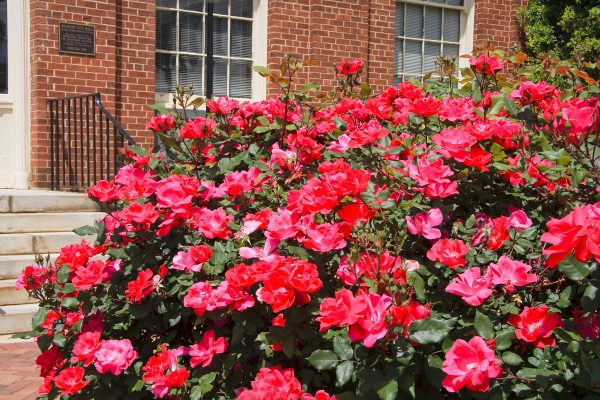
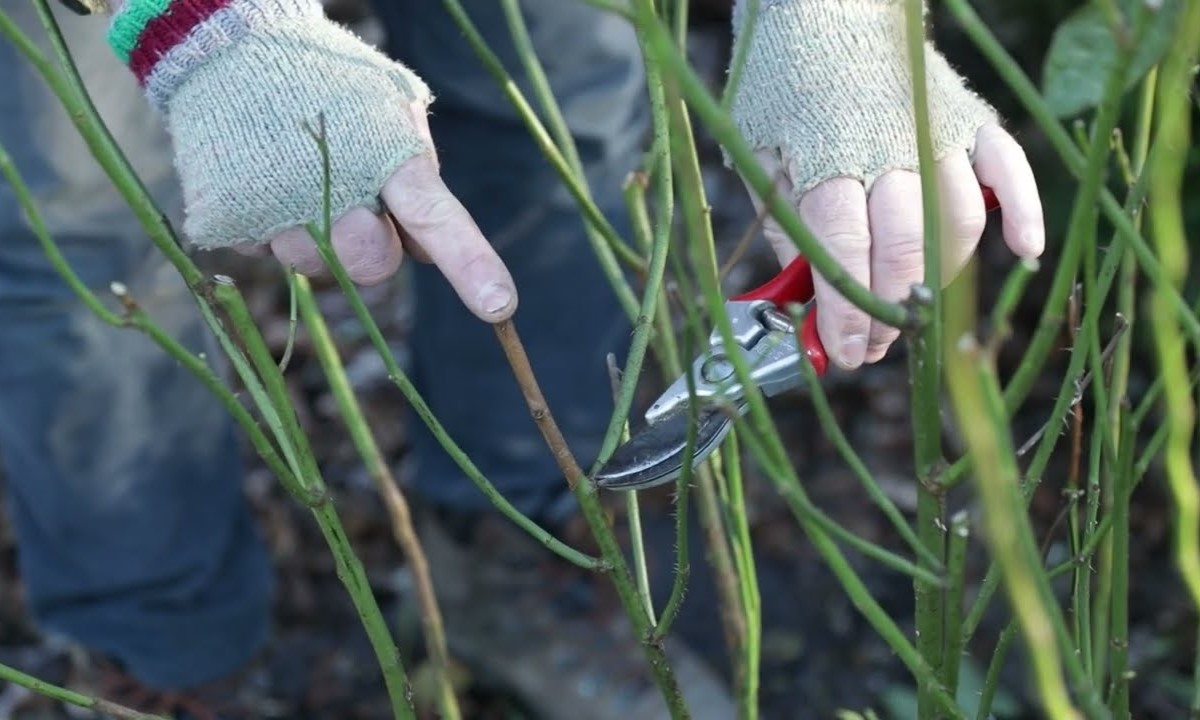
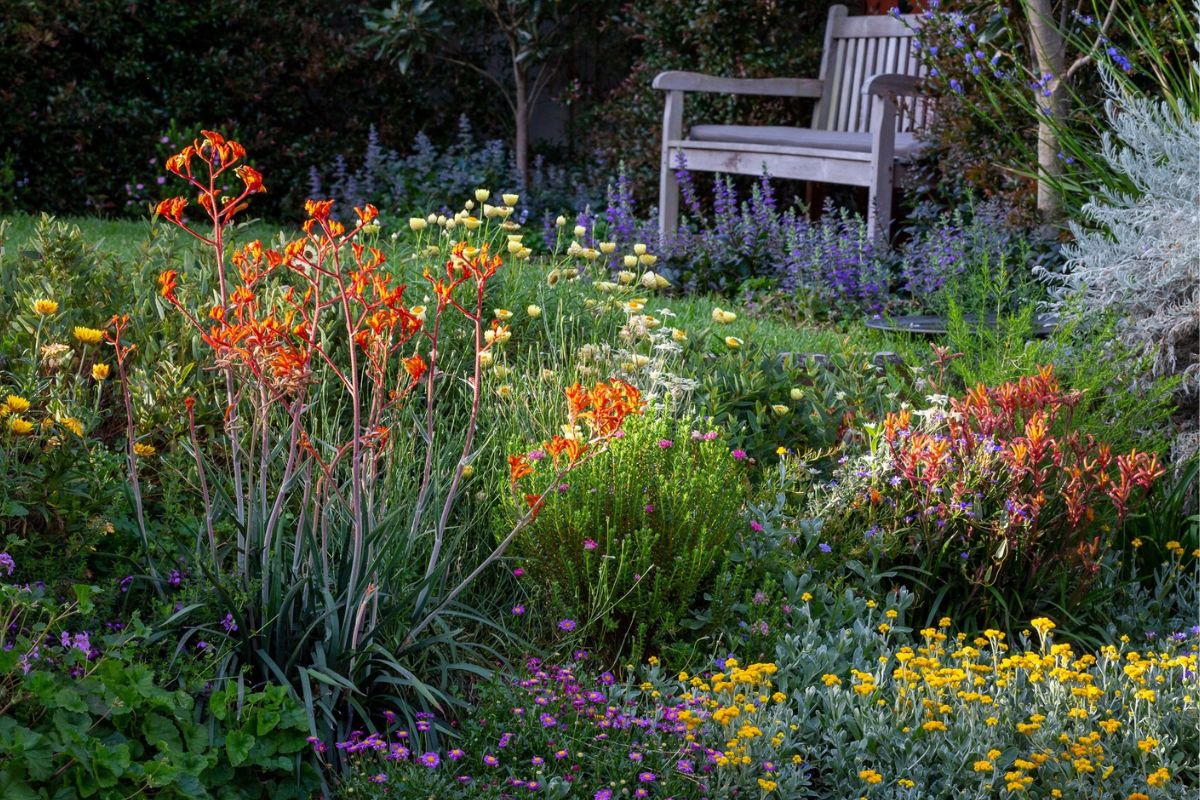
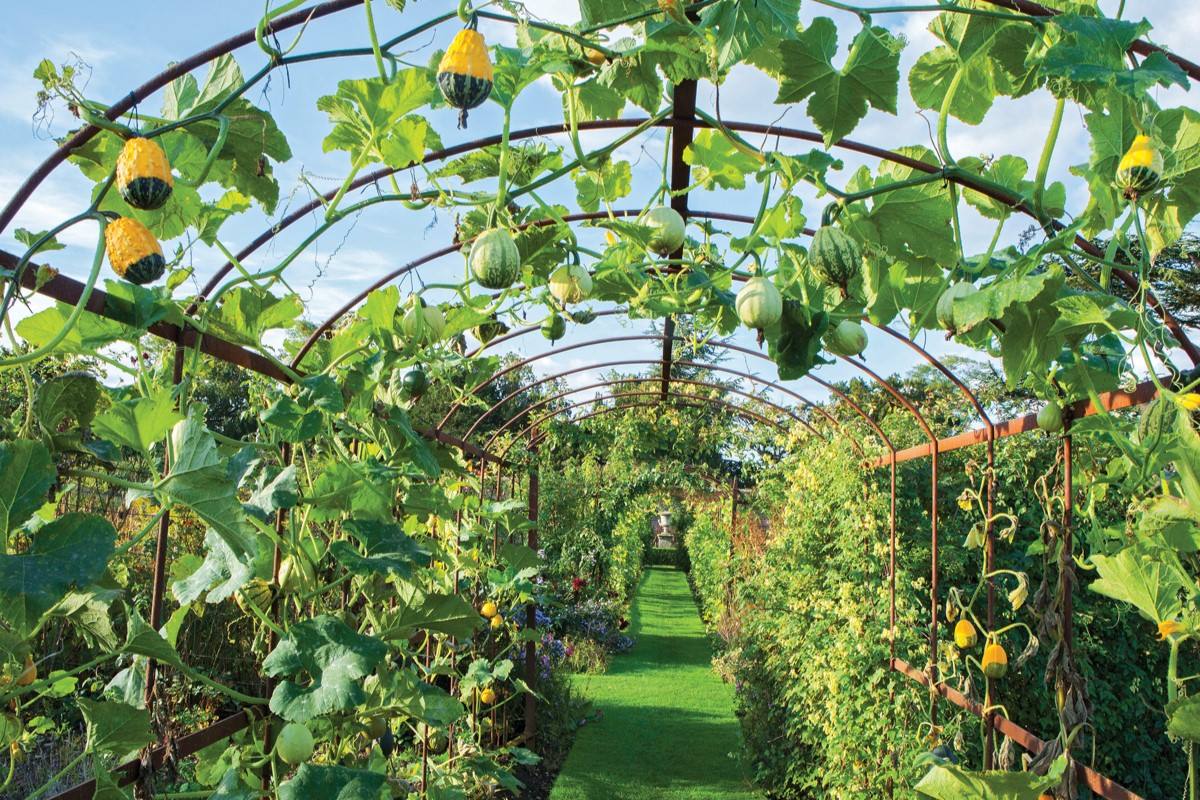
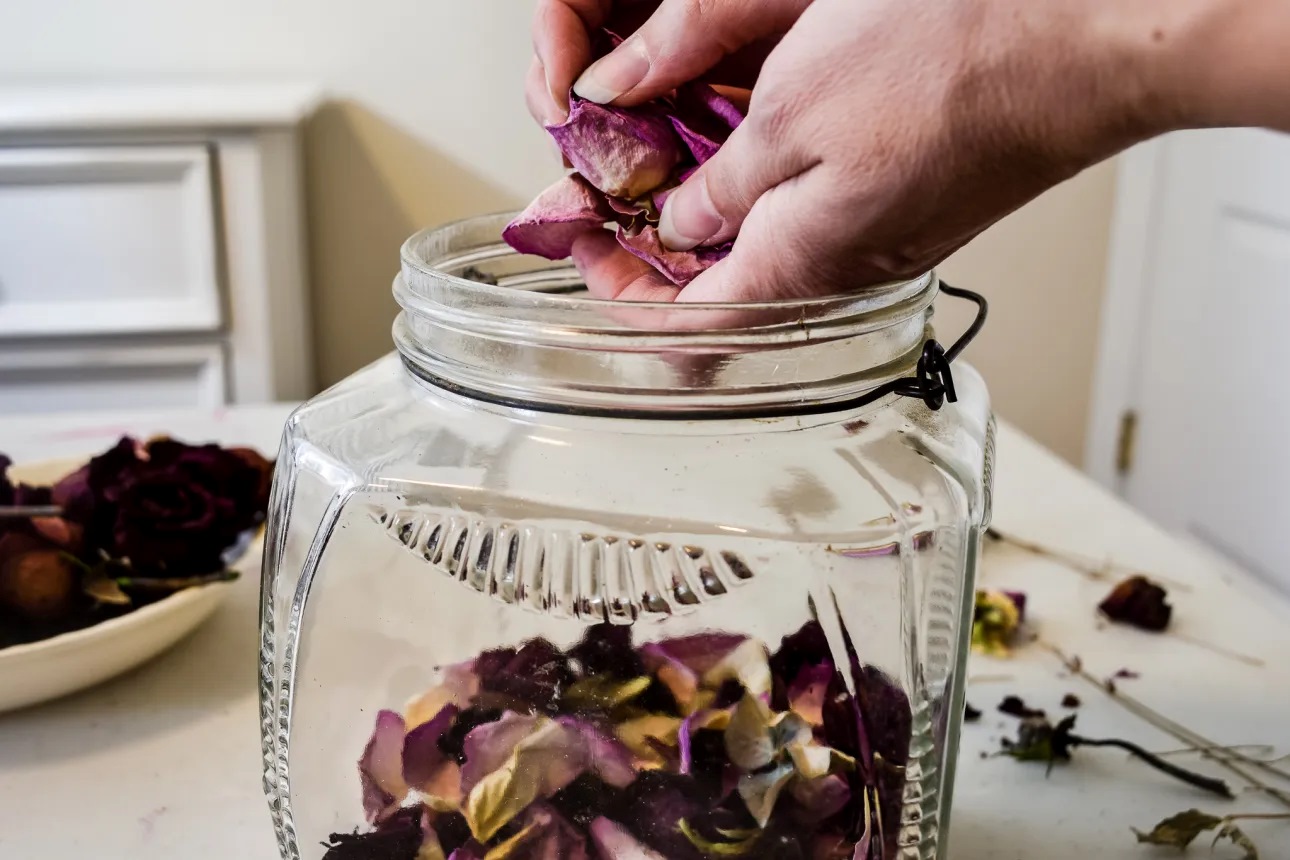
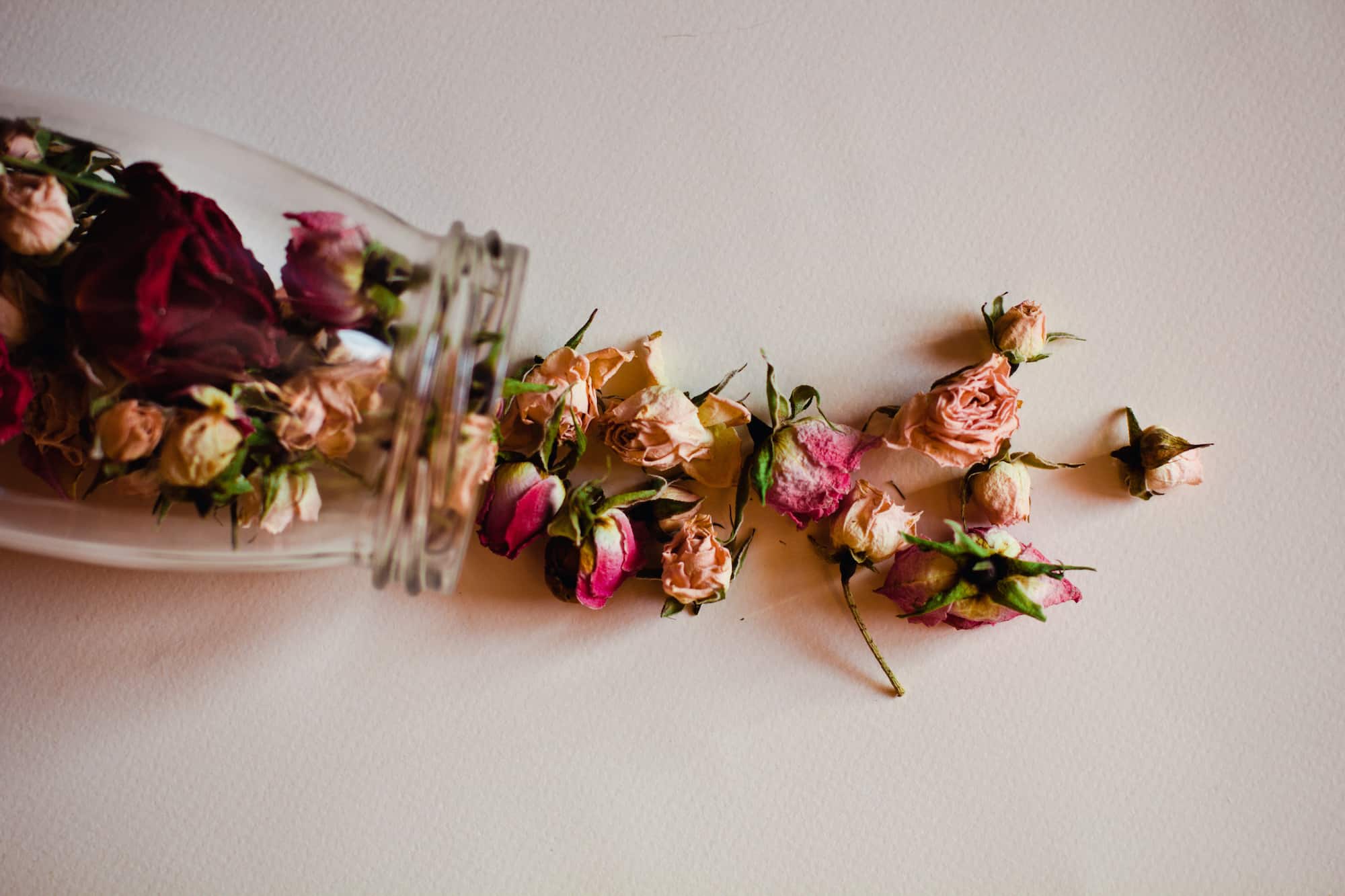
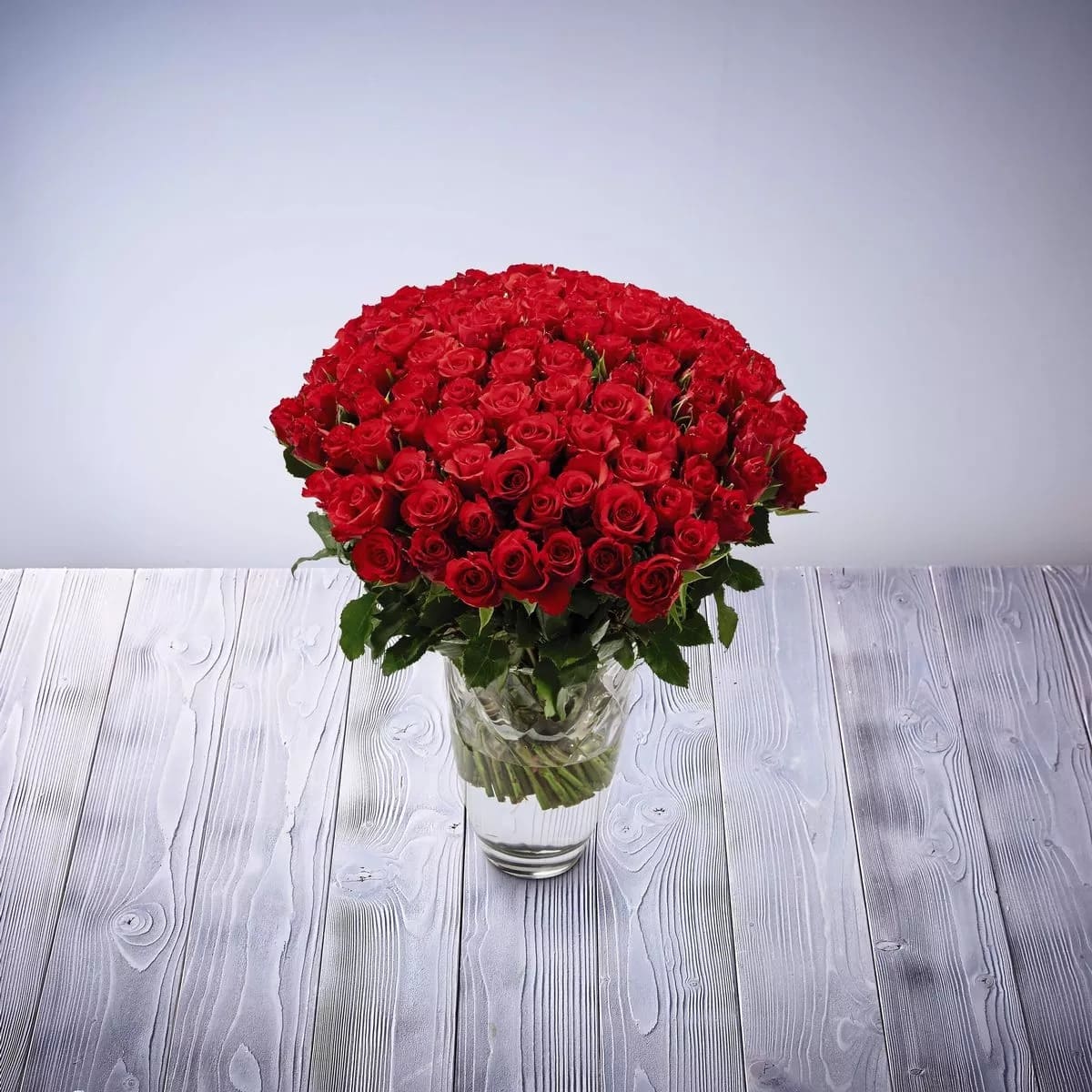
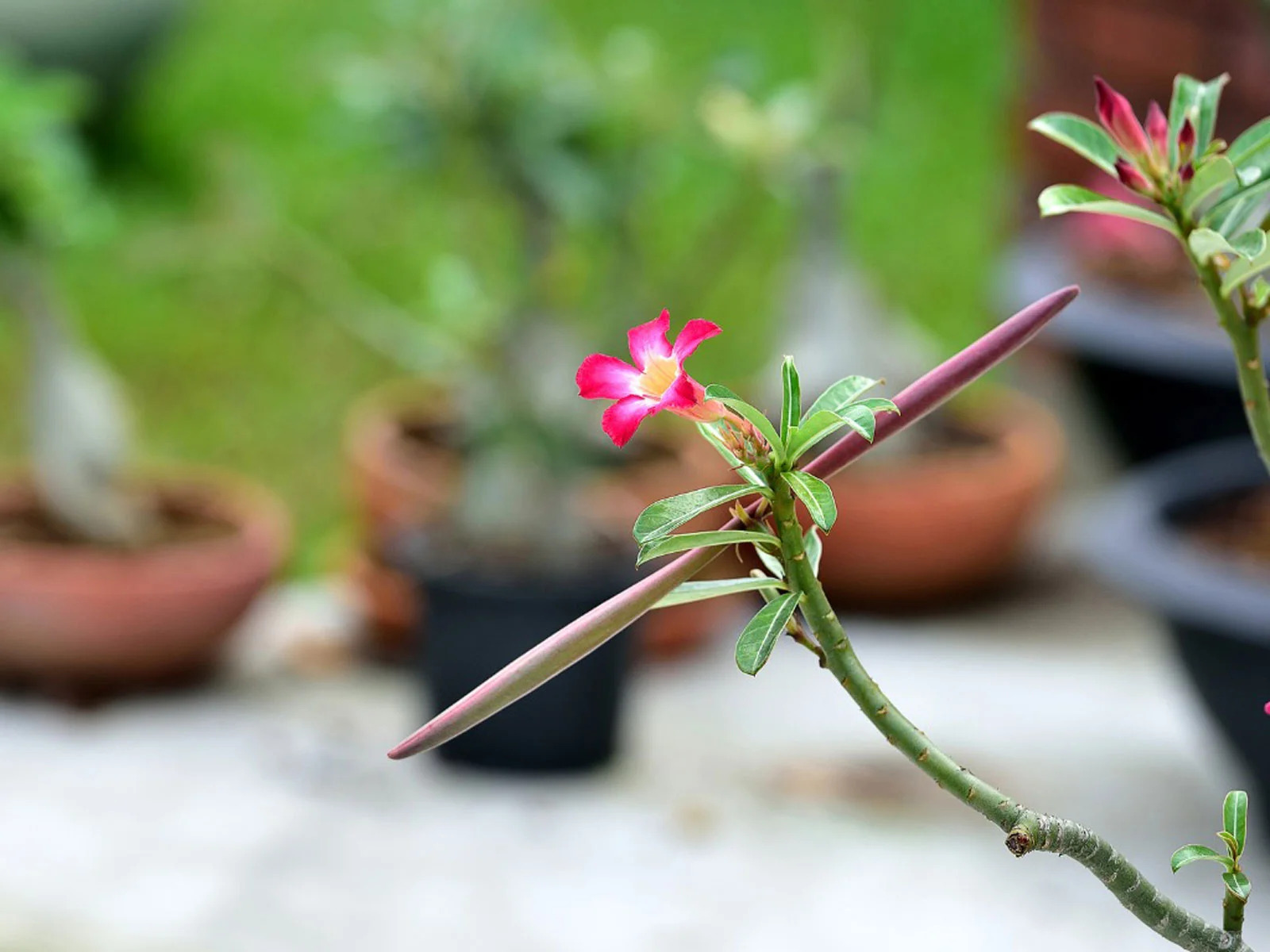
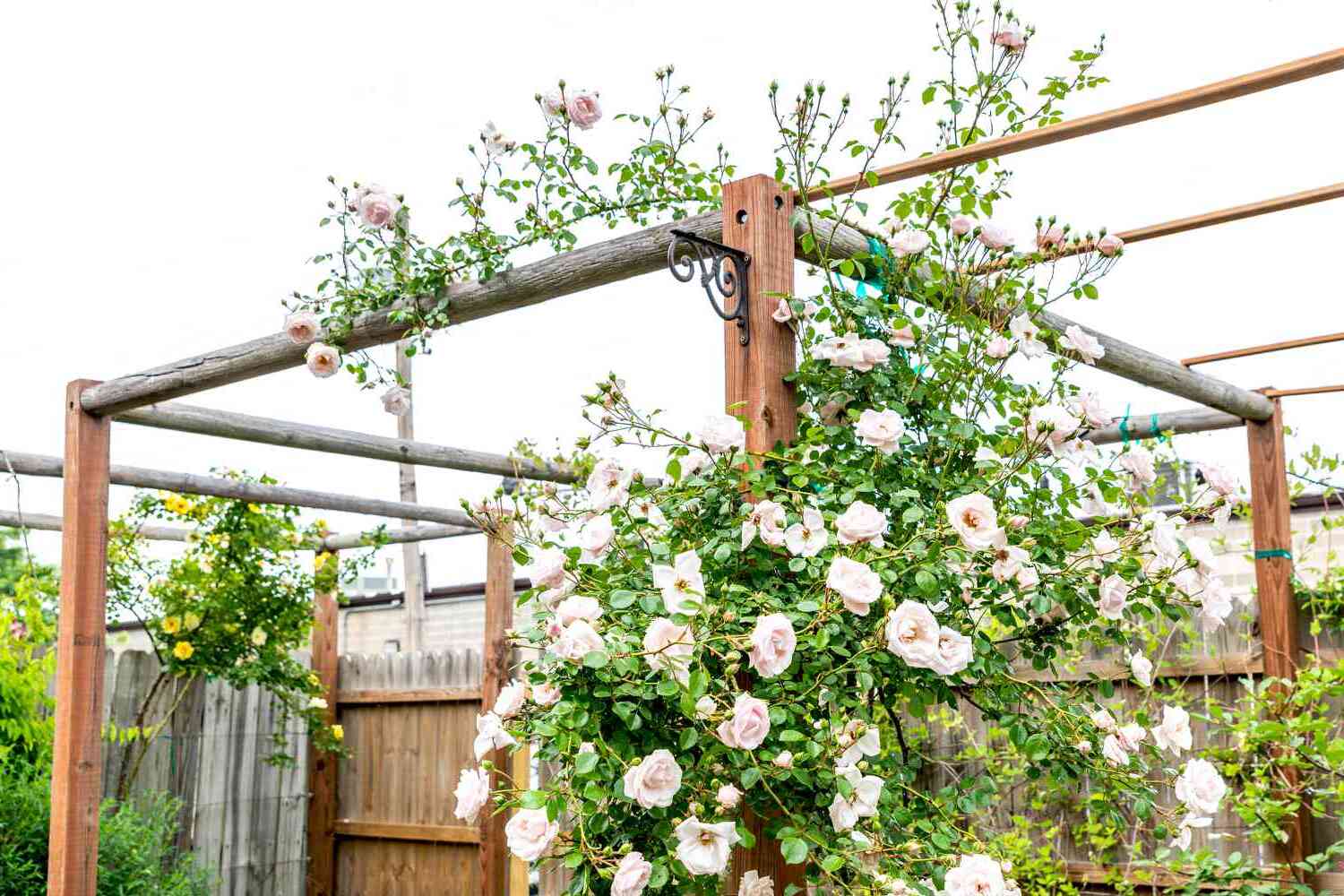
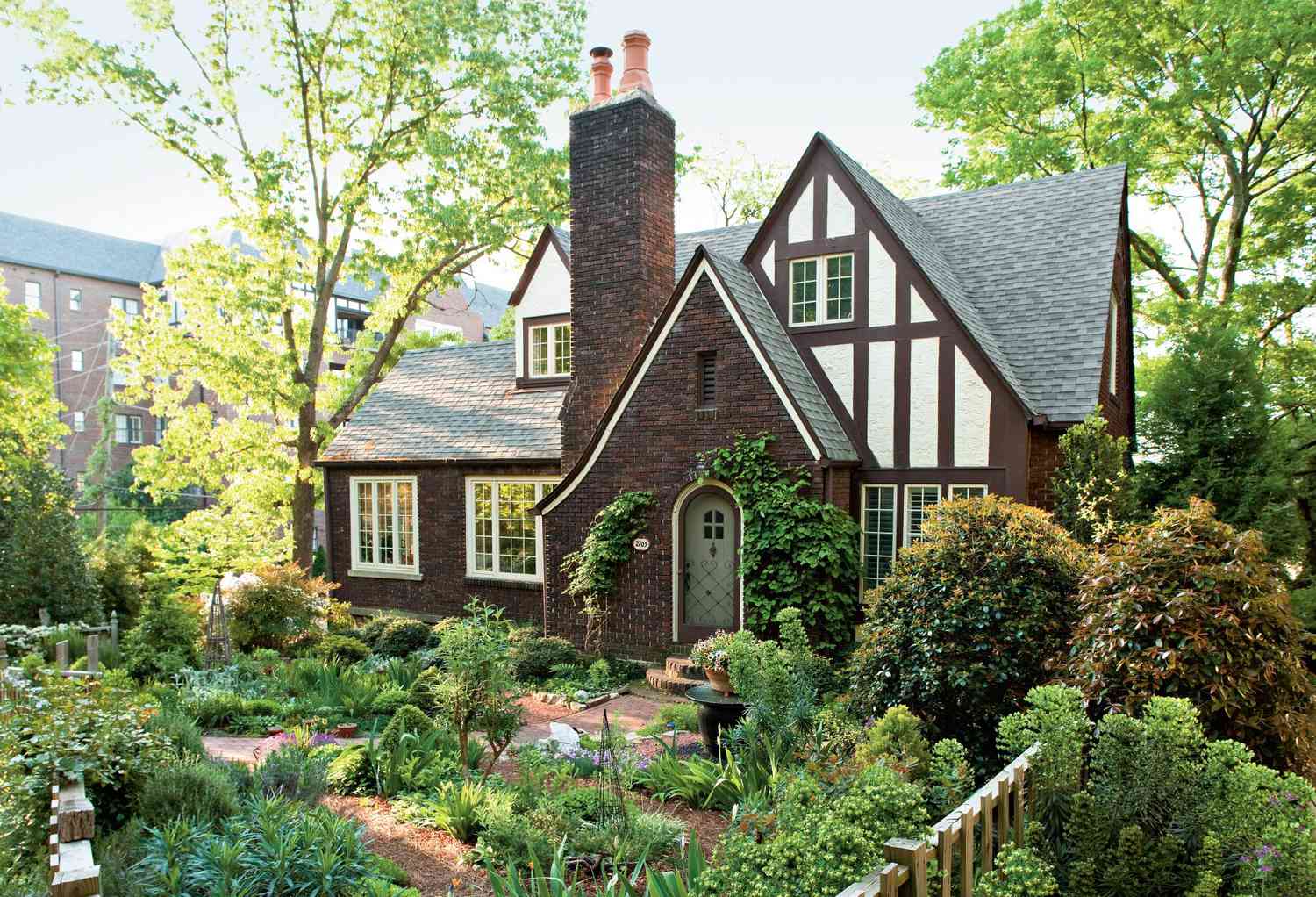

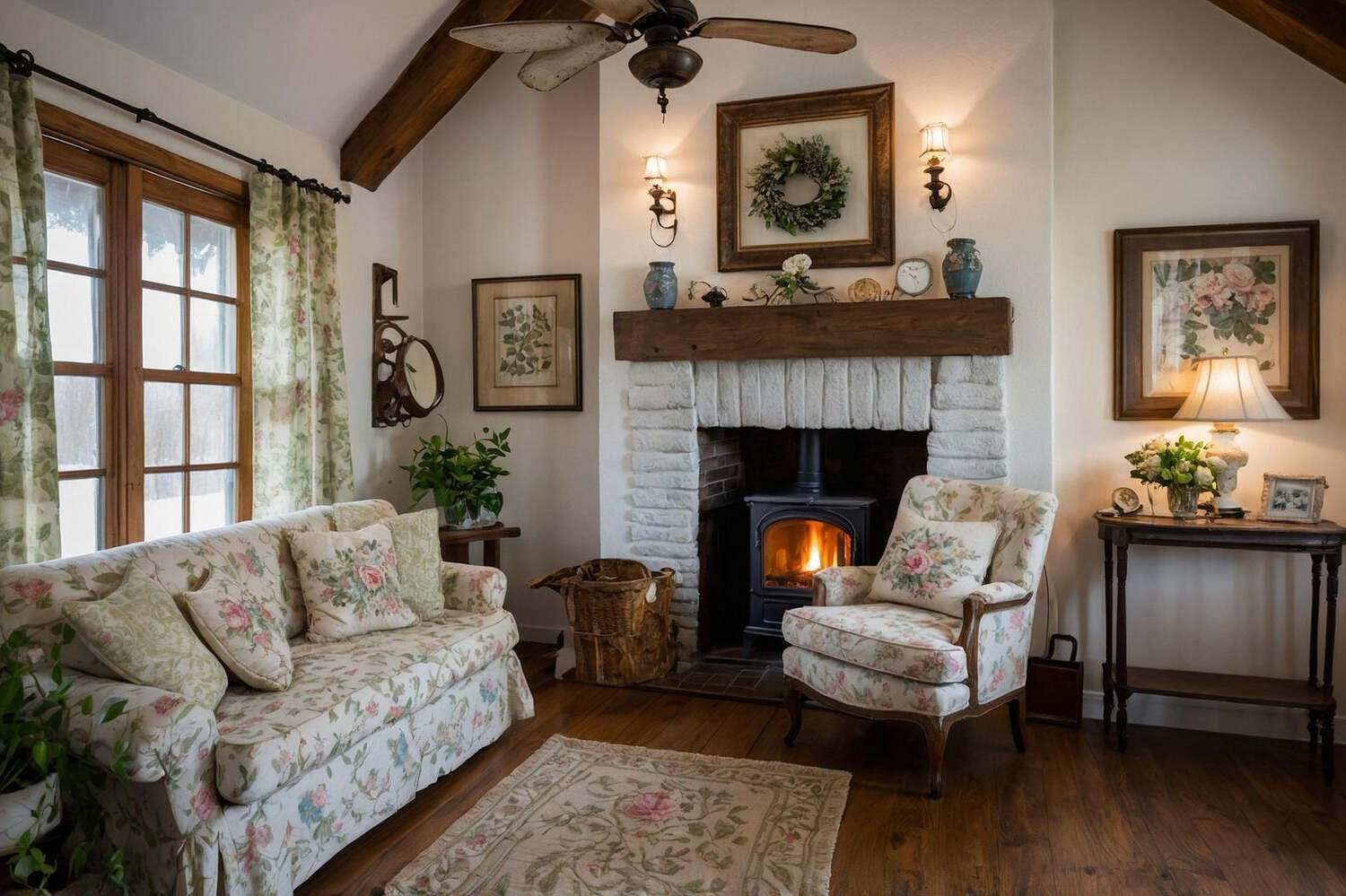

0 thoughts on “How To Design A Cottage Garden With Climbing Roses”